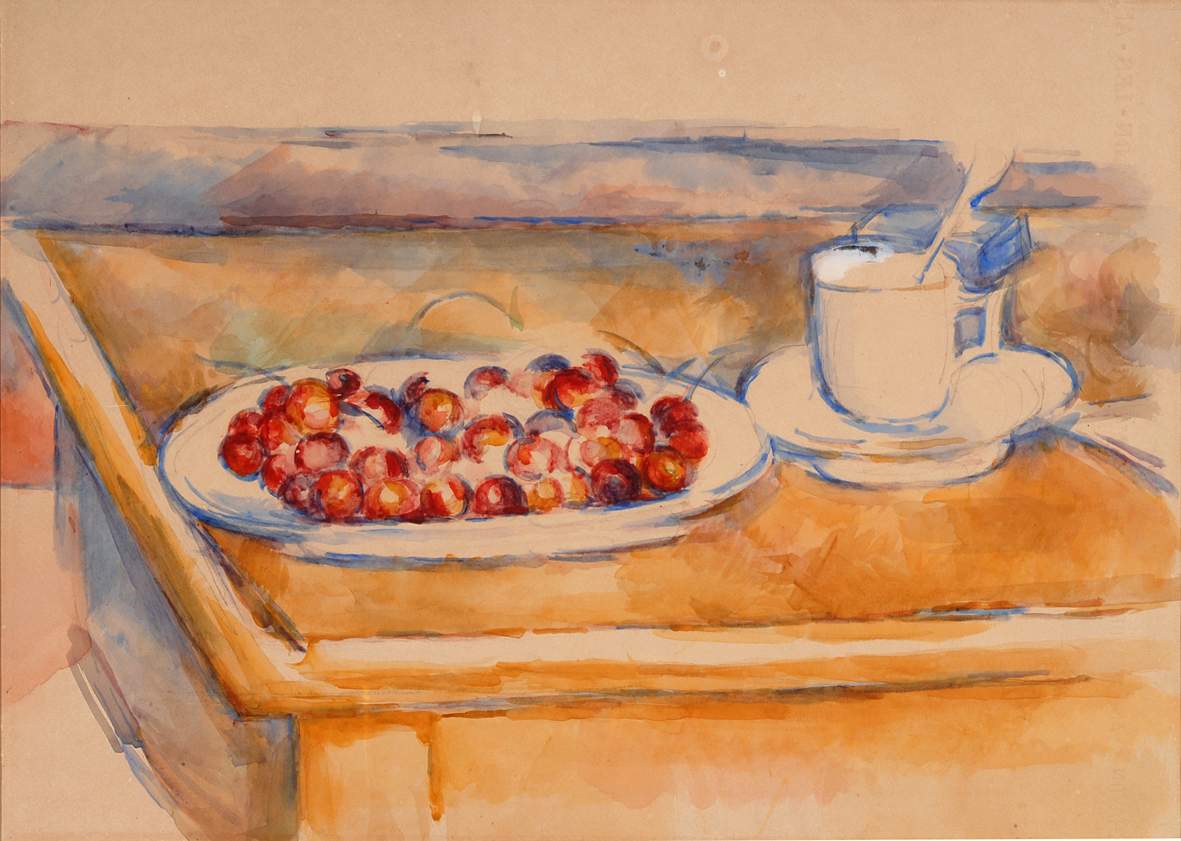From September 12 to December 13, 2020, the Magnani-Rocca Foundation offers a major exhibition entitled The Last Romantic. Luigi Magnani the Lord of the Villa of the Masterpieces, a lavish exhibition tribute to its founder, Luigi Magnani (Reggio Emilia, 1906 - Mamiano di Traversetolo, 1984), and it does so in the mansion that the great music critic, musicologist and collector transformed into a sumptuous and astonishing house-museum, the “Villa of the Masterpieces” in Mamiano di Traversetolo, in the Parma region. A man of culture among the greats of his time, Luigi Magnani can legitimately be taken as a witness to Parma Italian Capital of Culture 2020, under whose aegis the exhibition The Last Romantic takes place, again in the splendid villa of the Magnani-Rocca Foundation.
Luigi Magnani in his house of wonders created a veritable Pantheon of the great artists of every age, a temple that slowly came alive with the acquisition of unique paintings and furnishings, from the Morandi and the gold backgrounds of his early days, then the Titian, the Goya, up to the Monet, the Renoir and the Canova of the last years of his life, in a process of spiritual identification with the works that came to inhabit his residence near Parma as the scene of his intellectual life.
The exhibition The Last Romantic, with more than one hundred works from famous museums and prestigious collections, aims to tell the story in the halls of the Magnani-Rocca Foundation set aside for temporary exhibitions (in parallel with its Collection ofpermanent art collection, set up in the historic halls of the Villa) the figure of Luigi Magnani, who loved the dialogue between painting, music, and literature, through his interests and the personalities he frequented or with whom he became passionate, making him a “new” and “last romantic.” A leading intellectual in 20th-century Italian culture, as well as a frequenter of the salons of his time, he was among the founders of Italia Nostra.
The exhibition, curated by Stefano Roffi and Mauro Carrera, presents paintings, portraits, self-portraits and autographed documents of the celebrated artists, critics, musicians, men of letters, film directors, aristocrats and captains of industry frequented by Magnani, from Bernard Berenson to the sister of the Queen ofEngland, from Eugenio Montale to Giorgio Morandi himself; also pictorial tributes to Magnani’s passion for music, rendered by the greatest Italian artists of the 20th century, from Severini to de Chirico to Guttuso to Pistoletto; important antique musical instruments; and the secrets of the Villa of the Magnani-Rocca Foundation, unveiled exceptionally to the public, to fully discover the figure of Luigi Magnani as the “last romantic.”
Finally, the dream of other “absolute masterpieces” pursued by Magnani but not conquered, which on the occasion of the exhibition will reach the Villa dei Capolavori and will be unveiled; the first great dream realized is the celebrated painting Il cavaliere in rosa by Giovan Battista Moroni, a 16th-century masterpiece, a gem of Palazzo Moroni in Bergamo, which, after the Frick Collection in New York, is now displayed at the Magnani-Rocca Foundation for the duration of the exhibition.
In the Villa of the Magnani-Rocca Foundation, a ’museum of the soul’ has been created in which paintings by the great masters of the past, worthy of the world’s most important museums, alongside early 19th-century furnishings worthy of a Napoleonic residence, tell of themselves and of the life of the person who collected and preserved them, Luigi Magnani precisely, in a romantic dialectic with some of the symbolic works of the contemporary, individually collected for the exhibition The Last Romantic.
Among the paintings on display is Francisco Goya ’s large painting The Family of the Infante Don Luis (1783-1784). Also outstanding are the three Madonnas with Child by Filippo Lippi, Albrecht Dürer, and Domenico Beccafumi, painted 50 years apart; other not-to-be-missed works include Ghirlandaio, Carpaccio, Rubens, Van Dyck, Tiepolo, and Füssli, but unique are Gentile da Fabriano ’s priceless Stigmata di San Francesco and Titian’s Sacred Conversation (1513). The magnificence of the pictorial masterpieces is translated into sculpture in Canova’s Tersicore and Bartolini’s two female figures.
The contemporary core is dominated by as many as fifty works by Giorgio Morandi, brought together during the painter’s lifetime within a relationship of esteem and friendship with Magnani. Another Emilian painter in the collection is Filippo de Pisis, with a group of intense and dramatic paintings. Other works by Italian artists include a stunning Futurist Danseuse by Gino Severini, a metaphysical piazza by Giorgio De Chirico, several works by Renato Guttuso, and considerable sculptures by Giacomo Manzù and Leoncillo. Also important is Alberto Burri’s 1954 Sacco, which Magnani considered his own avant-garde bulwark. Among non-Italians, the Villa houses the only room of works by Paul Cézanne in Italy; Claude Monet ’s seascape is enchanting; and the works of Renoir, Matisse, de Staël, Fautrier, and Hartung are splendid.
The opening of the Villa to the public took place thirty years ago, in April 1990. The works of an almost legendary collection belonging to one of the most eclectic cultural personalities of the 20th century were thus unveiled: in fact, Magnani was a writer, essayist, art historian, composer, music critic, and, with his research and writings on Correggio, Morandi, Mozart, Beethoven, Goethe, Stendhal, and Proust, he knew, like few, how to reunite the reasons of feeling and those of the intellect.
For all information you can visit the official website of the Magnani-Rocca Foundation.
Pictured: Paul Cézanne, Tasse et plat de cerises (1890)
 |
| From Titian to Cézanne, an exhibition on Luigi Magnani, the collector of the Villa of Masterpieces |
Warning: the translation into English of the original Italian article was created using automatic tools. We undertake to review all articles, but we do not guarantee the total absence of inaccuracies in the translation due to the program. You can find the original by clicking on the ITA button. If you find any mistake,please contact us.